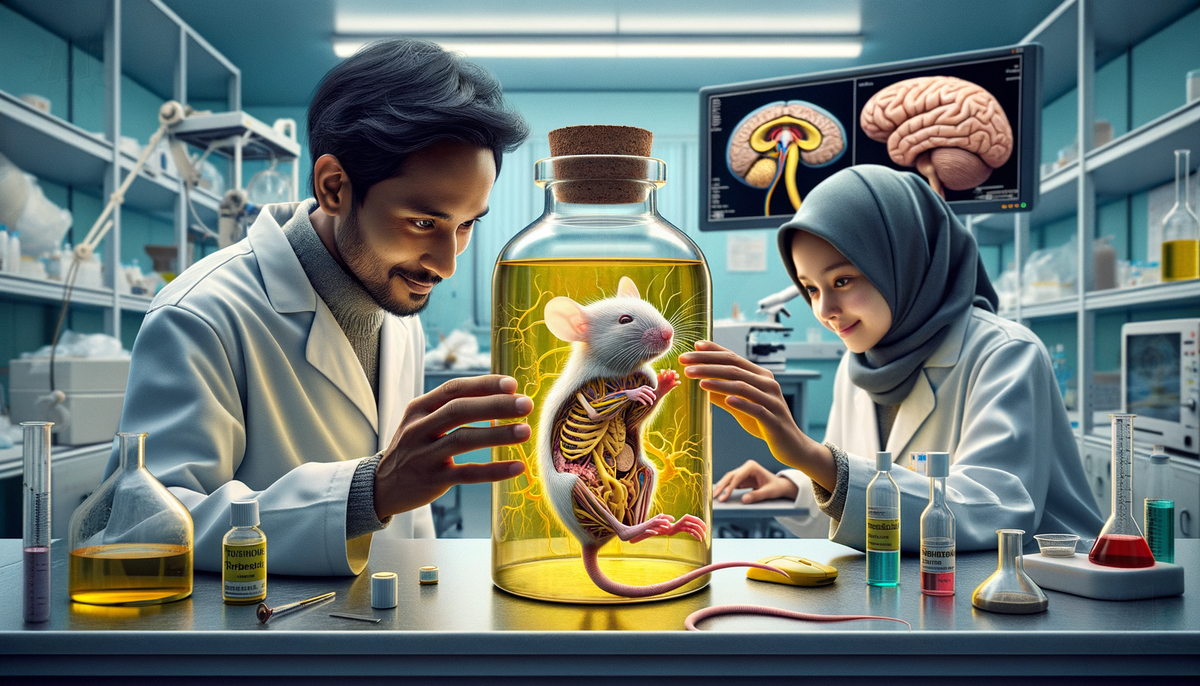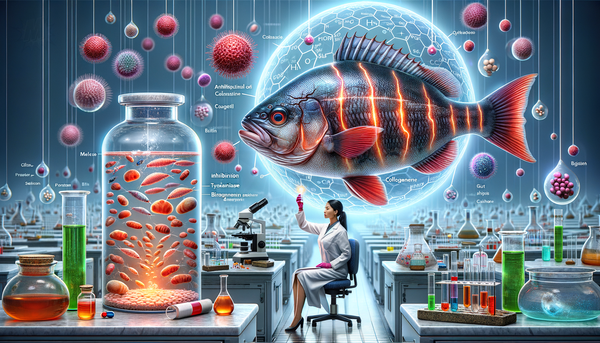Common Yellow Food Dye Turns Mice Transparent, Says Study

Researchers from the University of Texas at Dallas and Stanford University have developed a technique using the yellow food dye tartrazine, also known as FD&C Yellow No. 5, to make mouse skin temporarily transparent. This breakthrough allows scientists to observe internal organs and blood vessels without harming the animals. The method involves applying a solution of tartrazine to the skin, which reduces light scattering and enhances transparency. This process is reversible and non-toxic, with the dye easily washed off to return the skin to its natural state.
The potential applications of this technique in medicine and healthcare are significant. It could improve the visibility of veins for blood draws, aid in diagnosing deep-seated tumors without surgery, and help monitor internal organ function. While the method has shown promise in mice, its effectiveness in humans remains untested. Future research aims to determine the optimal dosage for human tissue and explore alternative molecules to achieve similar results. The findings were published in the journal Science, highlighting the potential for this technique to revolutionize biomedical research and medical diagnostics.




